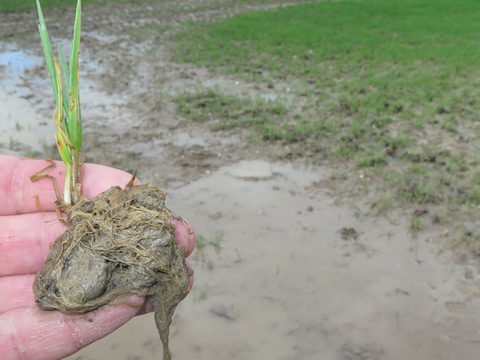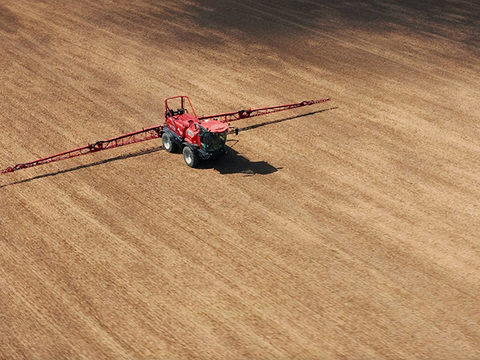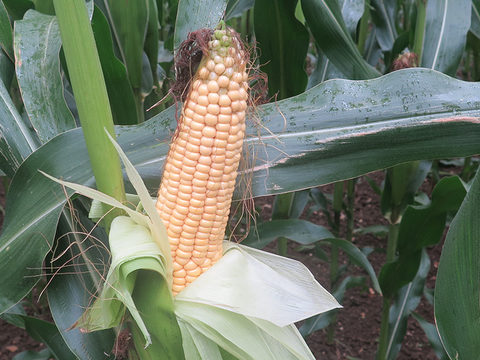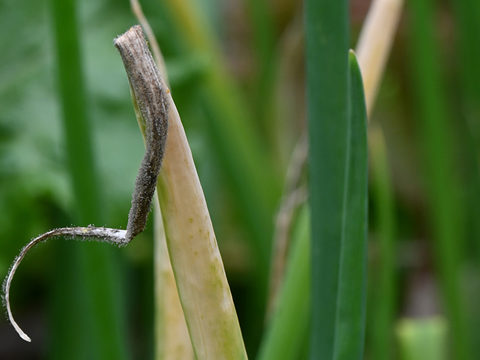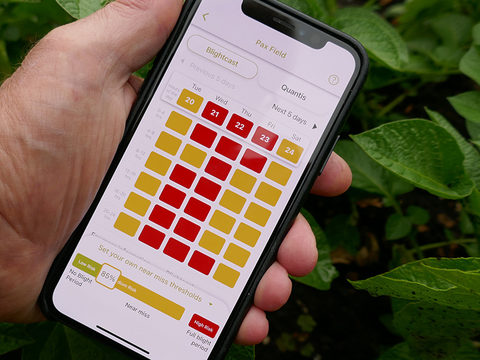Herbicide planning for busy spring season
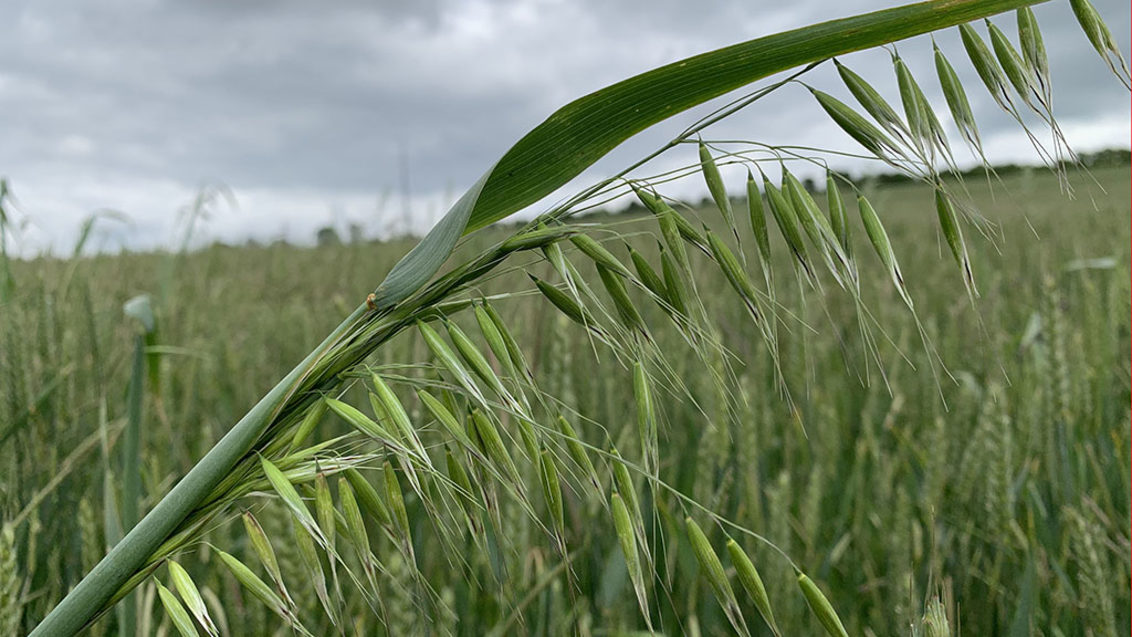
Effective spring herbicide strategies hinge on timing spray windows with periods of active weed growth.
After wet conditions compromised most herbicide applications in the autumn, many winter crops have large populations of both grass weeds and broad-leaved weeds, reports Syngenta Technical Manager and grass weed specialist, Georgina Young.

Planning herbicide sequences and the potential for tank mixes now, will make the best use of every opportunity that arises.
| AXIAL Pro Top Tips |
|
|
|
This season the flexibility that AXIAL® Pro gives for tank mixing with a range of broad-leaved herbicides, tackling a wider spectrum of weeds in one hit, will reduce application time and costs.
It is always recommended to use AXIAL® Pro at the full rate for the target weed when mixing with some herbicides including ALS inhibitors, halauxifen, fluroxypyr and clopyralid. These mixes would be best avoided if growing conditions are suboptimal at the time of application.
With multiple spring herbicide applications a high possibility, after poor autumn control, it’s important to note that where AXIAL® Pro is used first, for example to target overwintered grass weeds, SU/ALS inhibitor or hormone herbicides can be applied just seven days later.
However, if the SU/ALS inhibitor or hormone herbicide is applied first in the sequence, growers should wait 21 days before applying AXIAL® Pro – by which time grass weeds will have grown progressively larger and may require higher rates for optimum control.

Active growth
Active weed growth at the time of application is essential to achieve high levels of control from all herbicides, as well as to minimise the risk of temporary crop effects.
In recent years we have seen early spring conditions turn very dry and cold and that will negatively impact active weed growth.
Trials have shown that it is better to wait until conditions are favourable for weed growth before a herbicide application, even if higher rates are then required to tackle larger weeds.

Syngenta research with NIAB has demonstrated that larger, overwintered grass weeds are more competitive and produce far higher seed returns compared to later spring-germinating weeds.
Targeting overwintered weeds should therefore be a key driver for herbicide timing and rate decisions. However, if applications are delayed due to unfavourable field conditions it will mean that any later weeds that have emerged will also be controlled, but rates must be adapted to target the largest weeds in the field.

PGR timing
To further simplify spring spraying schedules AXIAL® Pro can be tank mixed with a range of PGR products, where suitable timing coincides.
Syngenta trials have shown wild oat control was as good, when AXIAL® Pro was applied in mix with the MODDUS® + chlormequat programme in spring barley.
Achieving good levels of grass weed control in the relatively uncompetitive spring barley crop is essential to prevent wild oat and ryegrass populations multiplying, and negating the value of spring cropping.



